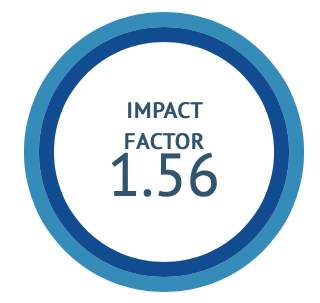Validity and reliability of adapted Bengali version of self-assessment questionnaire to assess Prakriti
DOI:
https://doi.org/10.47552/ijam.v13i4.3020Keywords:
Ayurveda, Bengali, Doshas, Prakriti, Questionnaire, Self-Assessment, TranslationsAbstract
Background: The constitutional type of a human being, the Prakriti, depends on the relativity of three Doshas – Kapha, Pitta, and Vata. Assessment of Prakriti requires expertise in inspection, palpation, and interview. There are self-administered questionnaires in English that can assess the Prakriti.
Aim: We aimed to adapt an English questionnaire - “self-assessment questionnaire to assess Prakriti” in Bangla and test its validity and reliability in the assessment of Prakriti.
Methods: We adapted the questionnaire in Bangla by forward and backward translation. We conducted a pre-test and interview with 36 research participants. An Ayurveda physician assessed the Prakriti by the traditional method. The validity was tested by comparing the expert-assessed and questionnaire-assed Prakriti. The internal consistency was tested by Chronbach’s alpha and reliability by Intra-class correlation coefficient (ICC).
Results: A total of 36 (men 21, women 15) research participants of mean age 36.01± 3.44 participated in the pre-test, interview, and retest. Adapted Bangla “self-assessment questionnaire to assess Prakriti” is found to be valid for the assessment of Prakriti. It is reliable in terms of internal consistency (Chronbach’s alpha 0.64, 0.76, and 0.81 for Kapha, Pitta, and Vata, respectively) and repeatability (test-retest ICC 0.88, 0.91, and 0.79 for Kapha, Pitta, and Vata, respectively).
Conclusion: A Bangla questionnaire for self-assessment of Prakriti has been adapted. The questionnaire was found to be valid and reliable. This questionnaire may be used for the assessment of Prakriti of Bangla-speaking people in any mass survey, research, or healthcare settings of Ayurveda for a quick assessment of Prakriti.
Downloads
Published
How to Cite
Issue
Section
License
Copyright (c) 2022 International Journal of Ayurvedic Medicine

This work is licensed under a Creative Commons Attribution 4.0 International License.
The author hereby transfers, assigns, or conveys all copyright ownership to the International Journal of Ayurvedic Medicine (IJAM). By this transfer, the article becomes the property of the IJAM and may not be published elsewhere without written permission from the IJAM.
This transfer of copyright also implies transfer of rights for printed, electronic, microfilm, and facsimile publication. No royalty or other monetary compensation will be received for transferring the copyright of the article to the IJAM.
The IJAM, in turn, grants each author the right to republish the article in any book for which he or she is the author or editor, without paying royalties to the IJAM, subject to the express conditions that (a) the author notify IJAM in advance in writing of this republication and (b) a credit line attributes the original publication to IJAM.




